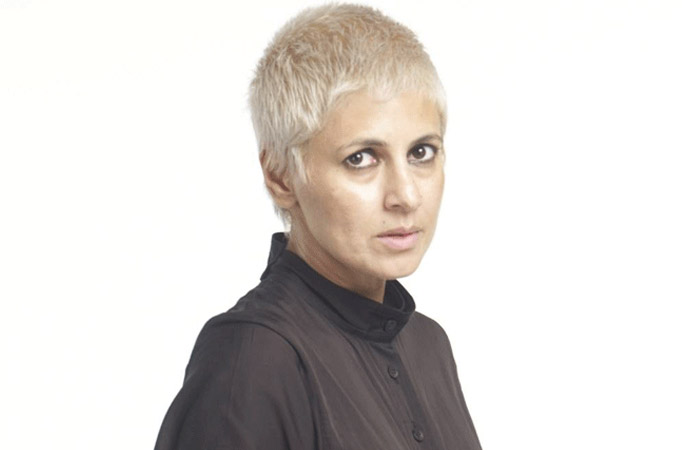
Until very recently, when she started talking about her cultural roots as a Sindhi, the vivid memory of Sapna Moti Bhavnani that people had was of a red-haired, dimpled and tattooed tomboy who's a celebrity hairstylist, and who grabbed eyeballs on "Bigg Boss 6".
Bhavnani is out narrating the forgotten story of the Sindhi community through the documentary "Sindhustan". She says that the story remains incomplete until she gets a chance to visit her ancestral land , the Sindh province in Pakistan.
Bhavnani's film has been showcased under the category of India Story at the Jio MAMI 21st Mumbai Film Festival with Star.
The story of "Sindhustan" revolves around the migration of the Sindh community to India during Partition in 1947. It also encapsulates many anecdotes of the community and their culture, including Sindhi cuisine, the fun-loving and loud nature of Sindhi people, their sense of humour as well as the stories of those elderly people who experienced Partition and how they lost everything overnight.
Bhavnani says people were initially, interested in knowing her personal story of being a Sindhi girl of the Mumbai city.
"Of course, a transformation happened within when I realised I am the daughter of refugee parents. The Sindhi community is a refugee in India. I made several attempts to cross the border and go to the Sindh province, which is my native place, from where my forefathers came. But it is yet to happen. Let me tell you unless I cross the border and go to Sindh, 'Sindhustan' is incomplete," Sapna told IANS.
Born and brought up in Bandra, Mumbai, Sapna was quite ignorant of her cultural roots till one day when her grandmother told her that the tattoos on her body were a sign of Sindhi culture.
Asked about when she felt the story was compelling enough for her to get her whole body tattooed to relive the history of Sindhi cultute, Sapna replied: "What I found extremely fascinating is how the migration of Sindhi community to India was unnoticed and non-violent. It was quite a silent migration. There are so many stories on the migration of Punjabis from one part of the border to another during Partition in 1947. There were so many heart-wrenching stories, yet around the same time, the Sindhi community had also migrated but you rarely get to hear any story of violence about them. The simple reason was, our community was highly influenced by Sufism and we did everything in a non-violent way."
"This was so fascinating for me. Our family members came here around that time, so that they could put us in a safe place, but later couldn't go back because all their properties were taken away and they were left with nothing. However, they wanted to avoid violence and migrated silently."
Talking about how to keep Sindhi culture alive, Sapna said: "Unfortunately, the new generation does not know how to speak, read and write in Sindhi language. If the language dies, the culture dies. Even I do not know how to speak in Sindhi, though I understand the language. These days, the way Indian youngsters are settling down in different countries, it is quite obvious that they will adapt the culture of that place. Forget Sindhi, they do not even speak much Hindi."
She continued: "It is almost a dying culture. So my intention to make the film is to keep the culture alive through conversation and relive the history of Sindhi community that was not a part of regular Partition story of India, for the longest time."
She also mentioned that after watching the film, if people are curious to know about the Sindh province and the culture of the Sindhi community, her purpose will be served.
"There are Sindhi activists who are demanding a channel in Sindhi language on Doordarshan and I think that will be helpful to talk about our literature, culture and more, through entertaining program on the channel," Sapna added.
Jio MAMI 21st Mumbai Film Festival with Star continues till October 24.

















Add new comment